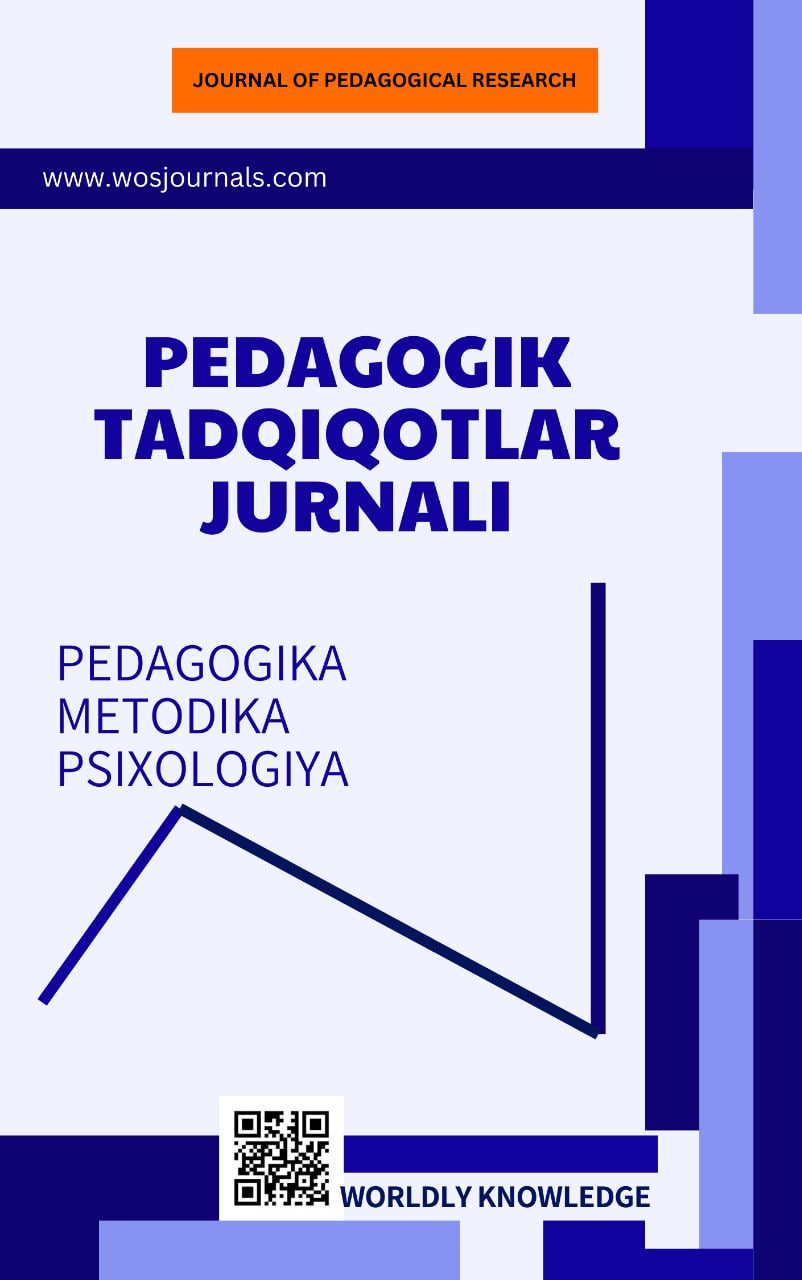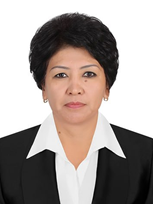TA’LIM JARAYONIDA DASTURLASHTIRILGAN O‘QITISH METODIKASIDAN FOYDALANISH (11-SINF KIMYO FANI MISOLIDA)
Keywords:
programmed teaching, chemistry, educational technologies, interactive methods, modern pedagogy.Abstract
This article analyzes the essence of programmed teaching methodology, its application in the educational process of 11th-grade chemistry, and its effectiveness. The advantages of programmed learning, as well as the opportunities for students to acquire knowledge independently through interactive programs and electronic platforms, are highlighted.
References
Skinner, B. F. (1958). Teaching Machines. Science, 128(3330), 969-977.
Kulik, J. A., & Kulik, C. L. (1991). Effectiveness of Computer-Based Instruction. Journal of Educational Computing Research, 5(2), 143-158.
Clark, R. C., & Mayer, R. E. (2016). E-Learning and the Science of Instruction: Proven Guidelines for Consumers and Designers of Multimedia Learning. Wiley.
ChemCollective (2024). Virtual Chemistry Lab. www.chemcollective.org
Mayer, R. E. (2001). Multimedia Learning. Cambridge University Press.





